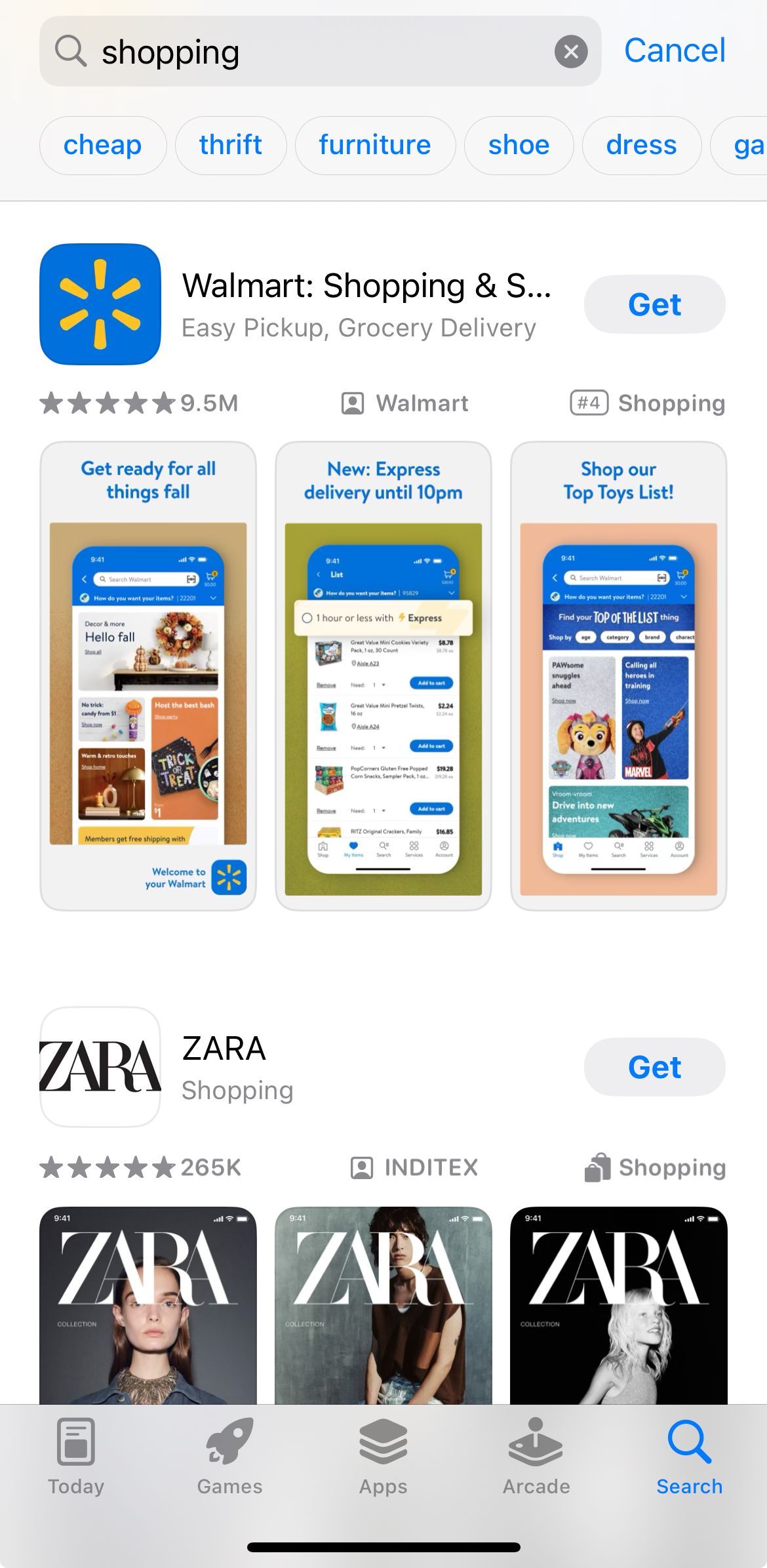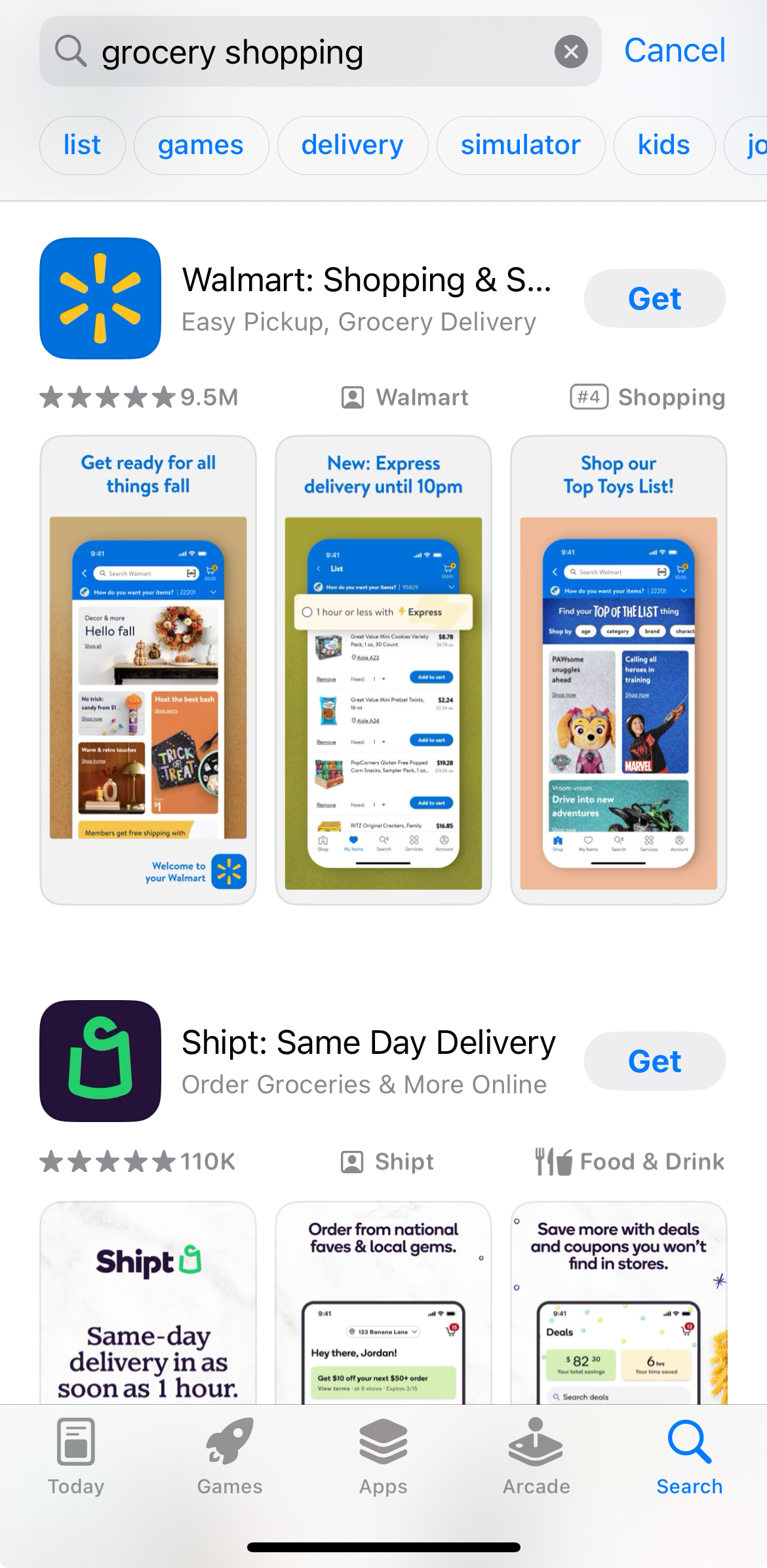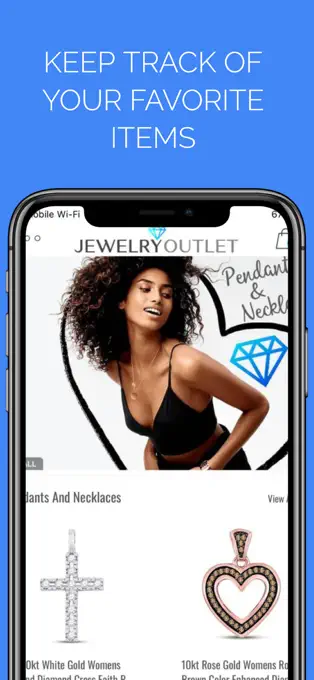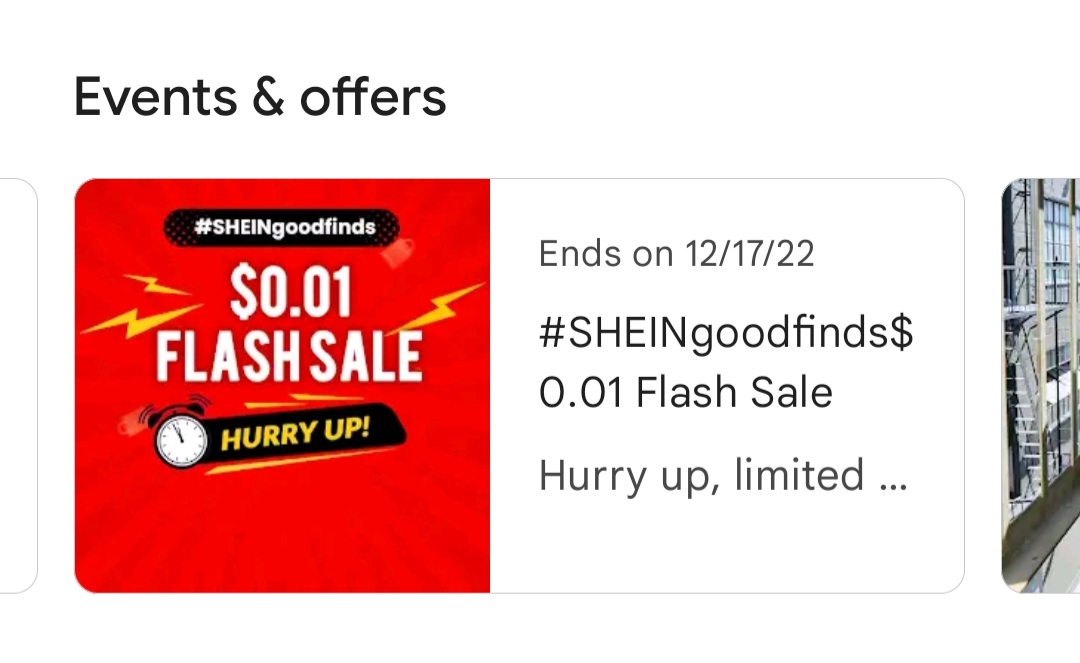
App Store Spotlight: Orbit - Time-Based Invoicing
Posted on April 17th, 2025
Discover how Orbit can boost visibility and conversions with smarter keywords, optimized creatives, and a stronger App Store presence.

The lives and shopping habits of consumers have become increasingly digital. With companies adapting to the trend of a more connected lifestyle, implementing a successful ASO strategy is critical to continued success in the eCommerce app space.
With this App Store Spotlight, developers will be able to learn what goes into effective organic mobile app store marketing and considerations for the shopping app space. By following the ASO best practices detailed below, developers can develop a strategy to compete in this ever-expanding market.
When starting any business, it’s essential to understand who your target market is. Narrowing down on a particular niche is an important first step in understanding how to begin your own ASO research.
In looking at top apps for the keyword "shopping", there is a broad range of services that target widely different demographics. From fashion shopping apps like SHEIN and Poshmark, big-name retailers like Walmart and Target, to BNPL apps like Klarna and Afterpay - the term "shopping" displays a plethora of different apps all selling different products.
While these apps have big-brand appeal, they also rank in top positions for relevant feature-based keywords, further expanding their reach. Taking apps that are ranking high in search results as inspiration is a step in the right direction when deciding how to approach your own keyword indexation. Couple you competitive analysis with the right ASO Software and you'll be able to pinpoint specific long-tail keywords that can work with your target market.
As an example, retail giant Walmart ranks in the top 20 for the keyword “shopping”, appearing alongside apps like Zara, Bath & Body Works, and Amazon. However, one could argue the users that shop on these types of apps are varied and have different purchasing goals in mind. As a result, narrowing down the niche is necessary.
Ranking in this position for this term is similar to having a shop in a high-traffic mega-mall, where there is plenty of foot traffic, but not as high a percentage of shoppers interested specifically in your product.

In order to distinguish themselves from other shopping apps, Walmart has included additional keywords that describe their product offering in more detail. A term such as "grocery delivery" helps differentiate the app from others in search results. Zara, appearing just beneath it, wouldn't be considered a direct competitor even if it is ranking for the same term. Applying long-tail keywords that accurately describe differentiating features helps distinguish the two apps.

This by no means suggests that ranking for “shopping” or other generic shopping terms is a bad thing – having that shop at the mega mall can still attract customers. Shopping app developers should consider their core feature (shopping), which niche they are in within that, and research the long-tail keywords related to their product offering. From there, planning which of these terms with relevant search volume best speaks to their audience (in Walmart’s case, including language around groceries) should be incorporated in the on-page visible content and tested.
The keywords a business decides to target will ultimately come down to which ones they find are performing well through their own research with the help of effective ASO tools and technology. By collecting data that shines a light on how certain keywords are performing and what terms top competitors are using, developers can make decisions backed by relevant market information.
Ranking for keywords is the important first step. But whether your shop is in the high-traffic mall everyone goes to, or the niche boutique where everyone wants your product, the signage and window display needs to make them want to come in and shop. The same is true for creative sets on the App Store.
Some app store screenshot best practices apply to more than just shopping apps. Across all categories, screenshots need to effectively and quickly communicate what an app is all about and stand out from the competition with unique selling points. Among shopping apps, the specifics can vary depending on the specific market.



The above examples come from a wide variety of top “shopping” apps. As with the products each one offers, the design and positioning elements vary from app to app, but share a few core similarities. Researching within a specific niche can help developers understand how their competitors are positioned to stand out more – just like if a competitor had a shop across the way at the mall.
Some elements that are common among shopping apps in general, and can be A/B tested include:
These elements will vary from genre to genre but are important to assess and eventually A/B test to isolate what works.
A store should of course increase the inventory of products that keep flying off the shelves. But if they never bring in anything new, they will likely stagnate and lose customers. The same is true for ASO. Proven ideas should be built upon, and new ideas should constantly be tested.
Even if an app is doing well, it doesn’t operate in a vacuum. Changing consumer behavior, new shopping technologies, new competitors, and other extrinsic factors can all cause changes in app performance. Developers will want to stay up to date with what is happening in their current market to avoid sinking in search results.
Developers can use the native a/b testing platforms provided by the app stores, such as Apple’s Product Page Optimization or Google Play’s Store Listing Experiments to understand what converts best. Changing one element at a time and measuring performance can help developers better assess performance, rather than a full update. That being said, in the eCommerce and shopping space, sometimes drastic changes are needed due to seasonality, such as the upcoming holiday shopping season.
As with a physical storefront change, some promotions warrant a small sandwich board sign near the door, while others call for large banners and changes to every endcap display. Leaning into the big trends and finding time to test smaller promotions during predictable downtimes is important for physical stores, just as it is for mobile apps.
Along with standard on-page content, relatively newer App Store and Play Store features provide different avenues for developers to make their app listings stand out. These are important for all apps, particularly those in the ever-changing eCommerce space.
In-App Events are great ways to highlight current promotions and deals a shopping app might be offering, or even build hype for an upcoming sale. They can act as a form of seasonal publicity for popular shopping periods, to speak not only to new users via screenshots but existing users who may not have used the app since last Black Friday.


Google Play also allows developers to promote Events & offers, letting users know about limited-time sales. For any eCommerce business, it’s clear how and why these kinds of promotions work in a physical store, and how and why they would work in the mobile app stores.



Taking the time to learn the different tools each platform offers can benefit eCommerce app developers not just for these short-term sales, but bring in a user that now has the mobile app installed and may become a long-term customer.
With mobile shopping only getting more and more popular, having an eCommerce app is a way to reach new and existing customers in a channel that is showing no signs of losing traction. With more users shopping online, and more online users using mobile apps, the positions at the “mall” of app store search results and the way these “shops” are laid out need to be researched, implemented, measured, and constantly iterated.
Having a large customer base is great, but how can a developer attract it? By applying App Store Optimization best practices that have been proven to contribute to long-term growth for apps in all industries.
Want more information regarding App Store Optimization? Contact Gummicube and we’ll help get your strategy started.

Discover how Orbit can boost visibility and conversions with smarter keywords, optimized creatives, and a stronger App Store presence.

Explore how Home Contents can improve its App Store listing with smarter ASO tactics, from stronger keywords to better screenshots and video strategy.

Discover how onX Offroad can enhance its App Store presence with smarter ASO strategies, from metadata tweaks to creative optimizations.